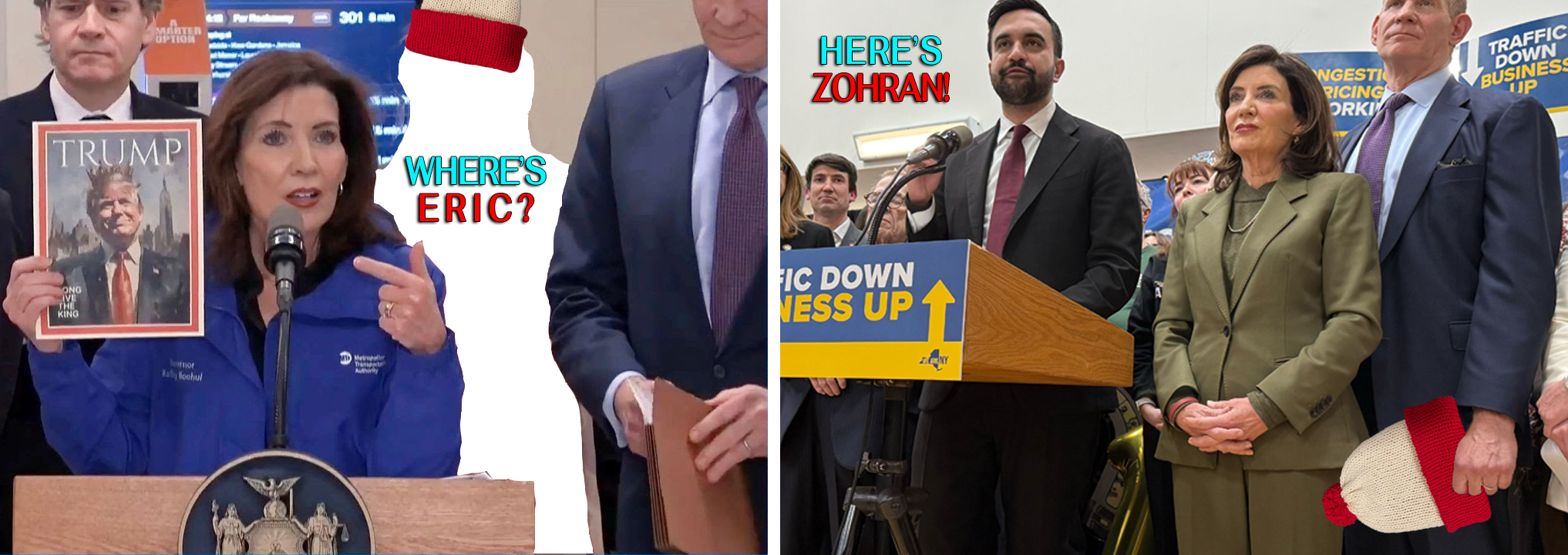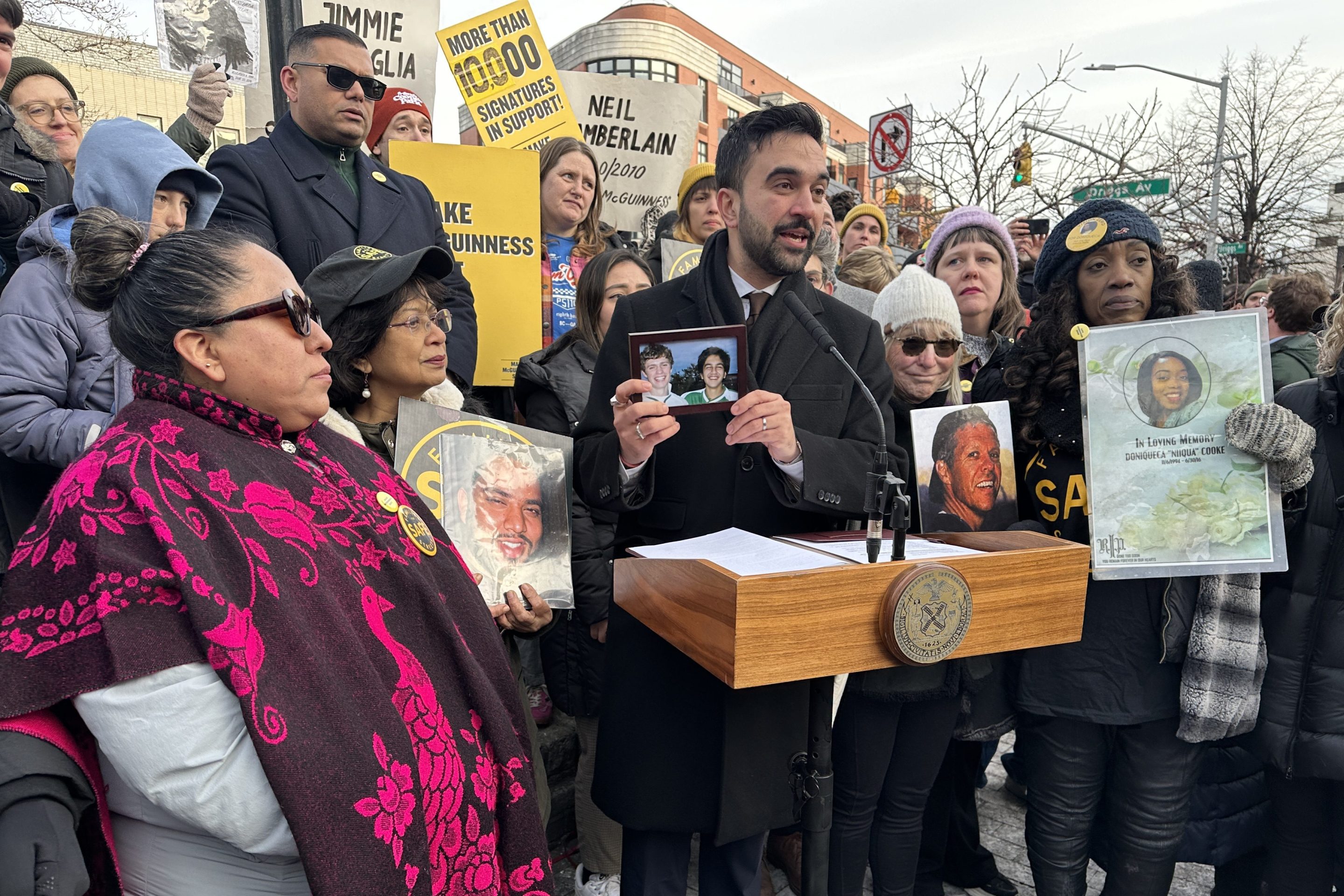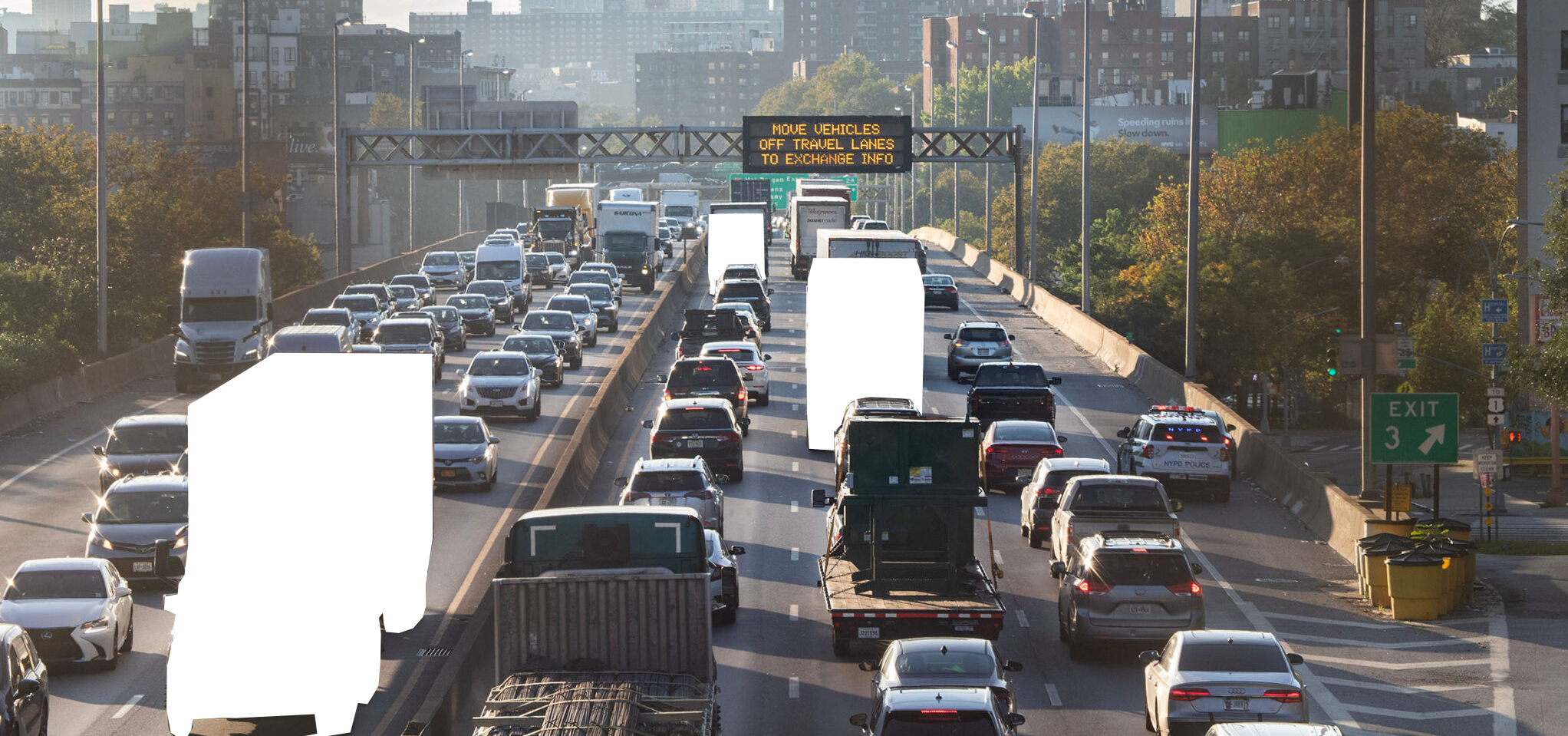Supporters of livable streets may hear about the “flexibility” of transportation dollars and cringe – after all, that word often refers to the ability of states to use bike/ped money for road building. But flexibility can work both ways. Between 2007 and 2011, states devoted $5 billion in surface transportation funds -- known in some quarters as "highway money" -- to transit programs, according to the Government Accountability Office.
The GAO just issued its second report on state flexing of highway dollars for transit. In its first report, the GAO found that states used 13 percent of their flexible highway funds for transit. That share has declined to 10 percent. The GAO did not offer an explanation for the drop.
Since 29 percent of federal transportation dollars are available to states to spend on just about any surface mode, that means about 3 percent of all federal funding is getting "flexed" to transit. Between 2007 and 2011, the GAO found, “four states — California, New Jersey, New York, and Virginia — accounted for the majority of flexible funding transferred to FTA for transit projects.” Each of those four states used more than 25 percent of their flexible funds for transit. Meanwhile, 16 states sent transit less than 2 percent of their flexible funding, with Arkansas, Mississippi, North Dakota, South Dakota, Wyoming, Delaware, and Hawaii flexing nothing.
The variation between states highlights a rarely remarked upon aspect of transportation funding: There's a lot of room for states to spend more on transit under current law, if they choose. In fact, transit dollars go farther when states use these funds, because they only have to pony up the same local match that’s required for highways – usually 20 percent. The local match for transit projects is typically upwards of 50 percent.
Some states set aside a certain proportion of these funds for transit every year, while others vary the amount. “For example, New Jersey transferred about $272 million in flexible funding to FTA in 2010 compared to $130 million in 2009, an increase of almost 110 percent,” the report said. The flexing authority is especially useful to states, like California, which have imposed prohibitions against using state gas tax revenues for transit.
About a third of the flexed funding gets used for vehicle purchases, and another quarter of it goes toward other capital expenses. New transit infrastructure accounts for 22 percent. The money can also help improve service or avoid service cuts.
Over time, some states make major adjustments to the amount of funding they flex to transit. In the 15 years before this GAO study, Pennsylvania was a big flexer but New Jersey and Virginia weren’t.
So states can change. While the GAO shows states are allocating somewhat less to transit than they used to, the pendulum could swing in the other direction. The longstanding formula is that federal funds are split 80/20 split between highways and transit, but states can ratchet up transit's percentage on their own. If states spent more of their flexible funds on transit, the share of federal funding allocated to transit could climb even without any changes to national transportation law.






